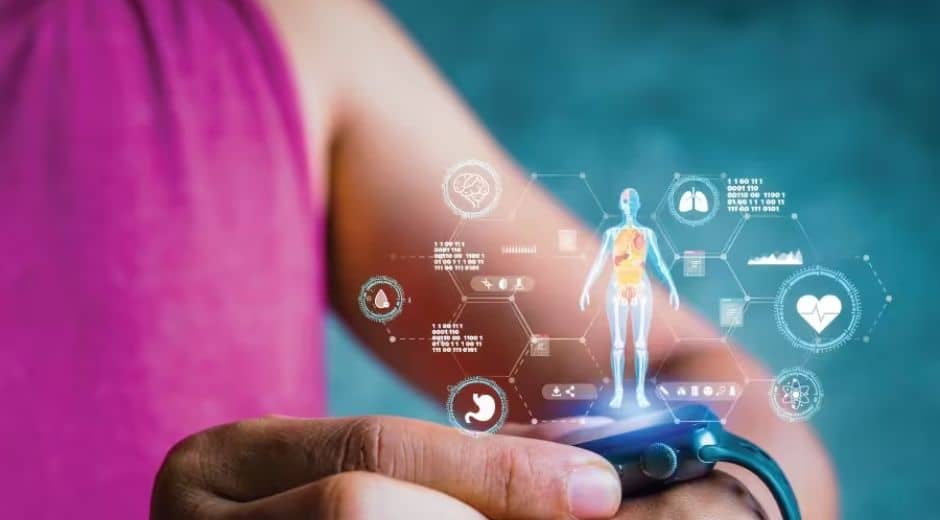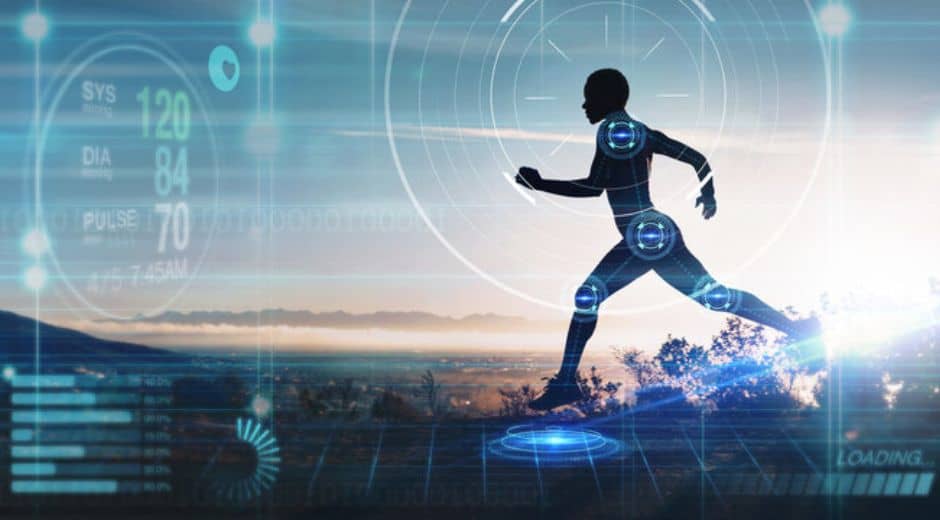The Future of Wearables: Beyond Fitness Tracking
The Future of Wearables: Beyond Fitness Tracking
Wearable technology has evolved far beyond step counters and calorie trackers. What began as a movement to help people stay fit has grown into a revolution that touches health, communication, entertainment, and even emotional intelligence. The Future of wearables is not just about what we wear, but how technology becomes an invisible extension of ourselves — seamlessly integrated into daily life, health systems, and the digital world around us.
From Step Counting to Smart Living
A decade ago, wearable devices were synonymous with fitness bands — small wrist gadgets counting steps, monitoring heart rates, and syncing with phones. Today, the market has shifted toward holistic living. Smartwatches now offer blood oxygen sensors, sleep tracking, ECG monitoring, and stress analysis. Glasses and rings are transforming from futuristic concepts into practical tools. The Future of wearables will make them even more context-aware, capable of understanding our needs without prompting.
Companies are racing to innovate. From Apple’s health-focused ecosystem to startups designing emotion-sensing fabrics, wearables are shaping a new digital lifestyle. The next phase is about autonomy and intelligence — devices that can anticipate behavior, adapt environments, and even intervene before problems arise.
Health Monitoring on a New Level
Health technology is leading this transformation. Modern wearables are no longer passive recorders; they actively interpret data, alerting users to potential health risks. In The Future, these tools could serve as first responders — detecting early signs of diseases, monitoring chronic conditions, or even alerting medical professionals in emergencies.
For instance, continuous glucose monitors already allow diabetic users to track blood sugar levels without finger pricks. ECG-enabled watches can detect irregular heart rhythms, saving lives in real time. Companies are now experimenting with sensors that measure hydration, blood pressure, and even mental well-being indicators.
The internal drive to advance such innovation is fueled by how wearables merge human needs with digital ecosystems. As explored on Techtazz, wearable technology is becoming an integrated part of a connected world — merging health, communication, and AI into a unified personal experience
Beyond Fitness: Emotional Intelligence and Empathy Tech
One of the most intriguing developments in The Future of wearables is emotional tracking. Devices capable of recognizing stress levels, mood changes, or fatigue patterns are already entering the market. By analyzing biometric signals like heart rate variability, skin temperature, and micro facial expressions, wearables could soon detect how we feel — before we even realize it ourselves.
Imagine your smartwatch dimming your lights when it senses stress or your earbuds suggesting a breathing exercise when your pulse spikes. Emotional AI in wearables aims to make technology more human, guiding users toward healthier emotional regulation and well-being.
The concept of “Empathy Tech” — devices designed to understand human emotions — highlights how technology can evolve from tools into companions. Rather than simply recording our actions, wearables of The Future might respond with empathy, helping us live more balanced lives.
Smart Textiles: When Fashion Meets Function
The fusion of fashion and technology is unlocking a new era of smart textiles. Fabrics can now conduct electricity, sense movement, and even adjust temperature. Companies are experimenting with clothing that charges devices, tracks posture, or monitors muscle performance during workouts.
Athletes already use smart shirts to collect real-time data on breathing and muscle tension. But the applications go beyond sports — imagine clothing that adjusts insulation based on outdoor conditions or medical garments that track recovery progress.
This intersection of design and utility represents The Future of wearable technology — discreet, practical, and seamlessly woven into daily life. The aim is not to wear technology, but to live within it.
Communication Reinvented
Wearables are also transforming communication. Smart rings can now send messages or make payments with a tap. AR glasses overlay navigation data, notifications, and even live translations onto our visual field. Earbuds have evolved from audio devices into voice assistants capable of translating languages in real time.
In The Future, this level of integration will redefine how we interact with digital systems. Instead of pulling out phones or typing commands, we’ll rely on subtle gestures, voice cues, or biometric signals. Wearables will serve as intuitive interfaces between humans and the ever-expanding digital universe.
This evolution is not only convenient but also inclusive. For individuals with disabilities, wearable tech provides access, independence, and empowerment — making technology more human-centered and accessible for all.
Privacy and Ethics: The New Frontier
As wearables become more intelligent, they also raise serious privacy and ethical questions. Continuous monitoring means massive amounts of personal data — health stats, emotional patterns, and location tracking. While users enjoy the benefits of personalization, they must also trust that their data is protected.
According to insights from FinanceWorldHub, cybersecurity in wearables is emerging as one of the top concerns in tech. As the market expands, companies must build stronger encryption systems, transparent policies, and ethical frameworks. The Future of wearables depends not only on innovation but on responsibility — ensuring that personal data remains private, secure, and user-controlled.
Integration with AI and IoT
Wearables are no longer standalone devices. They’re nodes in a broader ecosystem of connected technologies — smart homes, IoT devices, and AI-powered systems. This interconnectedness enables dynamic personalization. Your watch may soon communicate with your thermostat, adjusting the temperature as your body cools during sleep.
With advances in AI, wearables will move from reactive tools to proactive assistants. They’ll analyze historical data, recognize long-term patterns, and make predictive suggestions. For instance, they might recommend when to hydrate, rest, or seek medical advice. The Future is intelligent, adaptive, and continuously learning.
Toward a Seamless Digital Existence
Ultimately, the goal of wearable innovation is to make technology disappear — not literally, but perceptually. As devices become smaller, more integrated, and less intrusive, users will experience a seamless blend between the physical and digital worlds.
This shift marks the true beginning of The Future — a world where our environments, clothing, and devices all collaborate to support human well-being and creativity. Wearables are no longer accessories; they are extensions of human intent and intelligence.
Final Thoughts
Wearables have come a long way from step counters to sophisticated systems that monitor, predict, and interact. As The Future unfolds, their role will continue to expand, touching every aspect of human life — from health to emotion, from work to leisure.
The journey of wearable technology is, at its core, a story about connection — between humans and machines, data and emotion, innovation and ethics. And as long as curiosity drives progress, the evolution of wearables will continue to redefine how we experience the world, one heartbeat at a time.
Innovate Empower Elevate

Smart Home Automation: Transforming Living Spaces in 2025
Explore how smart home automation is revolutionizing living spaces in 2025. Learn about key components, benefits, and how to create an intelligent, connected home environment.

Smart Home Automation: Transforming Living Spaces in 2025
Explore how smart home automation is revolutionizing living spaces in 2025. Learn about key components, benefits, and how to create an intelligent, connected home environment.

10 Simple Steps to Speed Up Your Windows PC
Boost your Windows PC’s performance with these 10 simple steps—easy tips to make your computer faster, smoother, and more efficient.






